Home gardens’ many benefits have contributed to their meteoric rise in popularity. Home gardens are becoming more popular in several of India’s most populous cities, and many residents are growing them. Home gardening offers a broad range of benefits and is seeing significant expansion throughout India. Andhra Pradesh is home to many important cities, including Vishakhapatnam, Vijayawada, Guntur, Nellore, Kurnool, Rajahmundry, Kadapa, Tirupathi, and Anantapur, all of which have flourishing residential gardening communities.
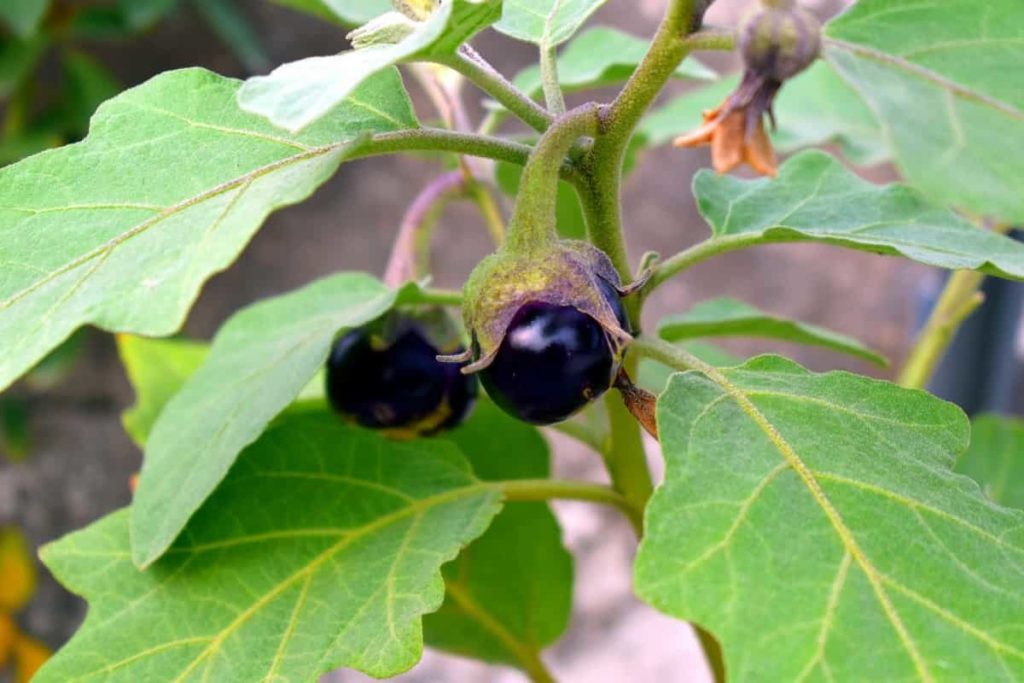
Below we will learn home gardening in Andhra Pradesh, types of home gardens for Andhra Pradesh, how to set up a home garden in Andhra Pradesh, how to set up a backyard home garden in Andhra Pradesh, how to set up a balcony home garden in Andhra Pradesh, how to set up a terrace home garden in Andhra Pradesh and the different fruits, flowers, and herbs for home gardens in AP.
Home gardening in Andhra Pradesh
Choose the type of home garden
Backyard home gardening/outdoor gardening
Choosing the perfect spot for your backyard home garden
When determining where to plant your backyard garden, proximity to your home is essential, but so is access to full sunlight and the correct soil. As most plants need at least six hours of daylight each day, positioning your garden to face south is essential. Also, remember that plants thrive in nutrient-rich, well-drained soil. If you reside in a rainy area, soil drainage is a crucial issue.
Soil drainagprimarily determinedmined by topography and climate. However, by using raised beds, the yield can be increased. Assess the slope and subsurface permeability of the site to guarantee adequate water drainage. Organic matter can improve soil structure, and fertilizers can boost fertility.
Soil preparation for the backyard
Want to know how to get your backyard soil ready for planting? You can increase the soil’s fertility by adjusting its pH, among other factors. Alkaline or acidic soil can have dramatic effects on the availability of nutrients to your plants. While plants can tolerate a wide range of soil pH, they do best in somewhat acidic conditions. This is because high-acid soil makes it challenging to retain vital nutrients, including nitrogen, phosphorus, potassium, calcium, and magnesium.
Your plants may get too much of certain nutrients and not enough of others if you grow them in soils that are too acidic or too alkaline. Soil pH may vary considerably even in a somewhat restricted region like a backyard, so collecting samples from several locations throughout your garden is crucial. If your soil’s pH is low, suggesting it is acidic, you can raise it by adding lime. If the concentration is excessively high, you may dilute it using powdered or aluminum sulfate. Organic matter increases water retention and nutrient retention in sandy soils.
The minerals in clay soils are loosened up and softened by the repeated cycles of wet and dry. To top it all off, it provides a wealth of nutrients to your plants over a long period while also feeding the beneficial organisms in your soil. An adjusted soil will give most of the nutrients your plants require over time, reducing the quantity of fertilizer you need to apply. The soil in a perennial garden must be prepared so the plants’ roots can grow without damage. Sometimes, you’ll need to dig up your perennials and split their roots every few years.
This beautifulerful opportunity to add more organic stuff. Mulching is a great way to add organic materials to the soil without uprooting plants. However, mulch can be an issue if the wrong mulching material is utilized or spread in an extremely thick layer. It can cause micronutrients that are hazardous to plants to seep out of the soil and change the soil’s chemical composition. It also can create conditions where water is always present, leading to root rot caused by fungi. Extremely humid conditions and damp soil raise the odds of this happening.
In case you missed it: Growing Peppers from Seed to Harvest: For Bell Peppers, Chilli Peppers, Spicy/Hot Peppers, Sweet Peppers, and Jalapeno Peppers

Plant your backyard garden
Carefully and precisely plant vegetable seeds for the best results. Most seed packets come with detailed instructions for planting that specific type. When planting depth isn’t specified, the hole should be twice the seed’s diameter. If you’re dealing with sandy soil, plant deeper, and if you’re working with clay soil, plant shallower. For best germination and development, most plant seeds need to be sown in fine, moist soil, and the seedbed should be compacted.
It’s essential to have a light, airy layer of soil around two to six inches deep. With a rake, you can smooth out the soil in the bed and eliminate any clods that have formed. As cloddy soil dries quickly, seeds have a limited probability of survival. Make the seeding row using a hoe or a stick that isn’t too broad. After spreading the seed, cover it with soil and tamp it. Small seeded crops need a hoe or rake, whereas bigger crops require a single walk over the row.
One method to advance the time you can gather vegetables from your garden is to transplant seedlings into it at an earlier stage. Carrots, beets, and radishes are root crops that cannot be transplanted like other vegetables. This holds for the great majority of vegetable types. One of the advantages of growing your transplants is that you get to choose the specific varieties to utilize for each plant. Many stores only offer well-recognized brands, even if they aren’t the best choice locally or for your taste.
Water your backyard garden
It is ideal for watering your plants first thing in the morning so they can have some drying time before the sun goes down and the ground temperature drops to its lowest point. Ideally, you’d want to do this between 5 and 10 AM. Avoid watering your plants in the evening since the combination of warm soil and wet leaves invites pests, fungi, and disease. Watering more often and thoroughly will help transport the water’s nutrients, carbohydrates, and hormones to the plant’s roots.
Soaking the soil 5 to 6 inches deep can encourage plant roots to grow deeper, resulting in a stronger garden. Watering the plant too often and too lightly can cause weak, stunted roots. Rinsing a plant’s roots but not leaves can help prevent the fungus spread. If your water is directed at the plant’s base, you’ll reduce evaporation and make the water readily available to the roots. When rain is scarce, lawns need to be watered weekly with an inch of water.
A sprinkler can apply that much water in around 90 minutes. If you don’t have one, you may use an empty tuna fish can as a water gauge. You’ve finished the job when it’s full! Don’t over or drown your grass since this hinders root formation, which is essential for a healthy and beautiful lawn. If a sprinkler is used, it should be small and provide various spray options.
If you’re watering a large area, use a pulsating, rotating sprinkler to adjust for evaporation and wind. The newly planted trees and bushes, in particular, need to be watered directly every 7 to 10 days. No matter how well they are designed, sprinklers and other watering systems cannot water plants down to their roots.
Fertilize your backyard garden
In what ways can you improve the soil in your garden? Used coffee grounds make an excellent fertilizer for plants. Used coffee grounds provide a wealth of plant nutrients, including nitrogen, phosphoric acid, and potash. If you let the used coffee grounds dry, you can use them as mulch for your plants. Avoid using damp ones to keep mold at bay. Plants benefit significantly from the nitrogen found in bananas. Plants, especially roses, benefit considerably from the presence of bananas in the soil because of their high potassium levels.
Bury a whole banana or just the peel in the topmost layer of soil before planting roses or any other blooming plants. Put some eggshells in the soil. Eggshells are a good source of calcium, phosphorus, and nitrogen. As a natural fertilizer for your plant, you can use ground-up egg shells, which you can prepare in a used coffee grinder. Use ground-up, freshly-crushed egg shells as a regular fertilizer. Plant roots need calcium, which can be found in abundance in eggshells. Use composted animal manure as fertilizer in your garden.
Manure is an organic garden fertilizer. Animal by-products, including pigs, cows, and goats, can be used. Manure has to be aged for at least six months before being used since plants can’t tolerate its strength otherwise. Old manure should be spread over the soil in your garden at a depth of 14 to 12 inches (0.6-1.27 cm). Old manure can be found at the local gardening supply center. To prepare your garden for planting in the spring, you should spread animal manure on it in the autumn or winter in AP.
In case you missed it: Homemade Fertilizers for Root Vegetables: Potatoes, Carrots, Beetroot, Onions, Radishes, Turnip, Ginger, and Garlic
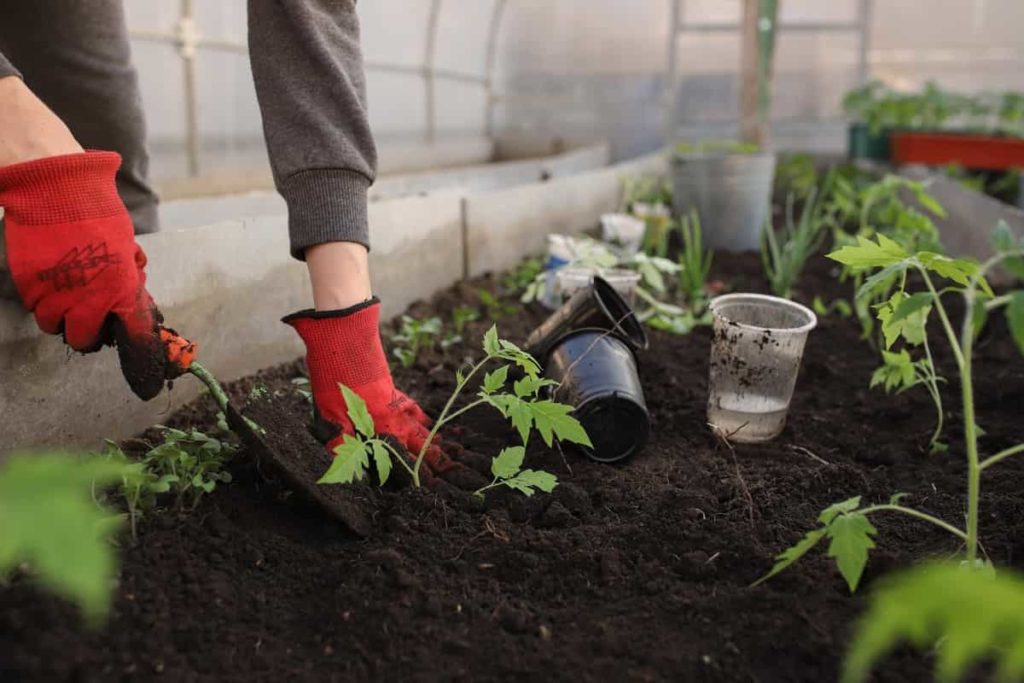
Balcony home gardening/container gardening/indoor gardening
Select the ideal pots for your balcony home garden
A large balcony container can be the main point of a garden. When deciding on a color and finish for a pot, think about how it will stand out against the drab and gloomy backdrop of a winter environment. Typical examples of garden types are the formal boxwood garden, the relaxed cottage garden, and the arid rock garden. Consider if you want an annual garden, a water garden, or a spot for a single tree or plant in your balcony container. It’s preferable to lean on the wider side when promoting root balls and growth.
Before you begin planting, check whether the container has a drainage hole or if one can be drilled in. Although this is fairly self-evident, it is often overlooked because we are preoccupied with other, more peripheral concerns in the design process. Avoid using saucers because mosquitoes breed in them. It’s best to prevent overwatering your plants by planting them in a soilless potting mix that isn’t too heavy. Also, a large, deep pot doesn’t need just soil. Mulch (pine bark, leaves, etc.) and potting soil make transporting pots simpler.
Choose the suitable potting soil for your balcony pots.
To grow plants in pots successfully, pick the proper plant. Make sure balcony plants can withstand severe winds. Sunlight determines what can be grown. Sun-loving plants require 4 to 5 hours of direct sunshine daily to grow. Make sure your space has enough sunshine before investing in pricey plants. Your plants will drown if the soil doesn’t drain well in their pots. Most pots will include at least one drainage hole, often measuring between 1 and 2 centimeters in diameter.
Plants in balcony pots shouldn’t be grown in garden soil due to its poor drainage and tendency to harden over time. Because of their porous structure, potting mixes do not harbor weed seeds, soil pests, or plant diseases. In most cases, it’s not worth the time savings to transplant a small plant into a large balcony container. Some people like the challenge of trying to grow plants that eventually outgrow their pots. A plant should be moved to a larger balcony container after its roots have outgrown its current one.
Plant your balcony home garden
Lightweight materials in the bottom half of a tall container might be helpful if you’re growing plants with shallow roots. This improves water retention and prevents the soil from getting wet. Start with the largest plant and work your way outwards, scooping and filling as needed to ensure that the soil is 1 to 2 inches below the lip of each pot.
When planting, be careful not to pack the soil down too much as it might stunt the growth of your plants. Instead of pushing the soil down, try moving it to the side to provide more room for your plants. Remove some soil and replace it with other soil to create a hiding place for your plants.
Water your backyard home garden
Balcony container plants have a smaller root system than garden plants, making watering more challenging. This applies to any plants you grow. In the heat of the day, water the plants once or twice. Always give your plants the right amount of water, rather than just a few quick sprays. Use a water breaker or watering wand in place of your hose’s nozzle. Irrigate-breakers are machines that water the soil for planting in silence.
Make sure there is room between the soil line and the top of the container when you pot plants. Water this area very slowly until it starts to soak through the drainage holes. Mulching with compost, coarse gravel, grass clippings, pebbles, or pine bark helps prevent evaporation and chill the soil’s surface. The loss of plant nutrients may occur despite proper drainage and consistent watering. A steady, low dose of fertilizer is all plants need to keep thriving.
Fertilize your balcony home garden
Keep the flowers and vegetables looking their best all summer by fertilizing them regularly. Some potting soils have slow-release fertilizer, but giving your plants a supplemental dose of liquid fertilizer is still a good idea every time you water them. Because of this, the fertilizer will be able to function more efficiently. Flowers and vegetables are plants that benefit from obtaining an extra portion of plant food. This is because these types of plants absorb a lot of food.
Terrace gardening
First, waterproof your terrace
To avoid any structural damage, you should ensure your structure can handle the added weight of plants before putting any in it. Having your terrace waterproofed is something that has to be checked regularly. The best way to avoid more leaks is to reapply the waterproofing. Construct a sod lawn or sow seeds in clay pots for a terrace garden. Waterproofing the terrace is essential to avoiding leaks inside the house. Waterproofing the terrace slab is an absolute need. An insulating layer must protect the waterproofing layer.
Ensure drainage on your terrace
Water and nutrients are essential for the growth of every plant. Soil permeability is necessary for plant life. This ground is just too soggy for plant growth. Water can’t be allowed to pool on the terrace. Hence a drainage layer is necessary. A drainage layer should be installed above the insulation to prevent moisture buildup. As an additional drainage layer, drainage mats are often employed.
In case you missed it: Home Gardening in West Bengal: How to Start from Scratch for Indoors, Terrace, Outdoors, Containers, and Apartment Balcony
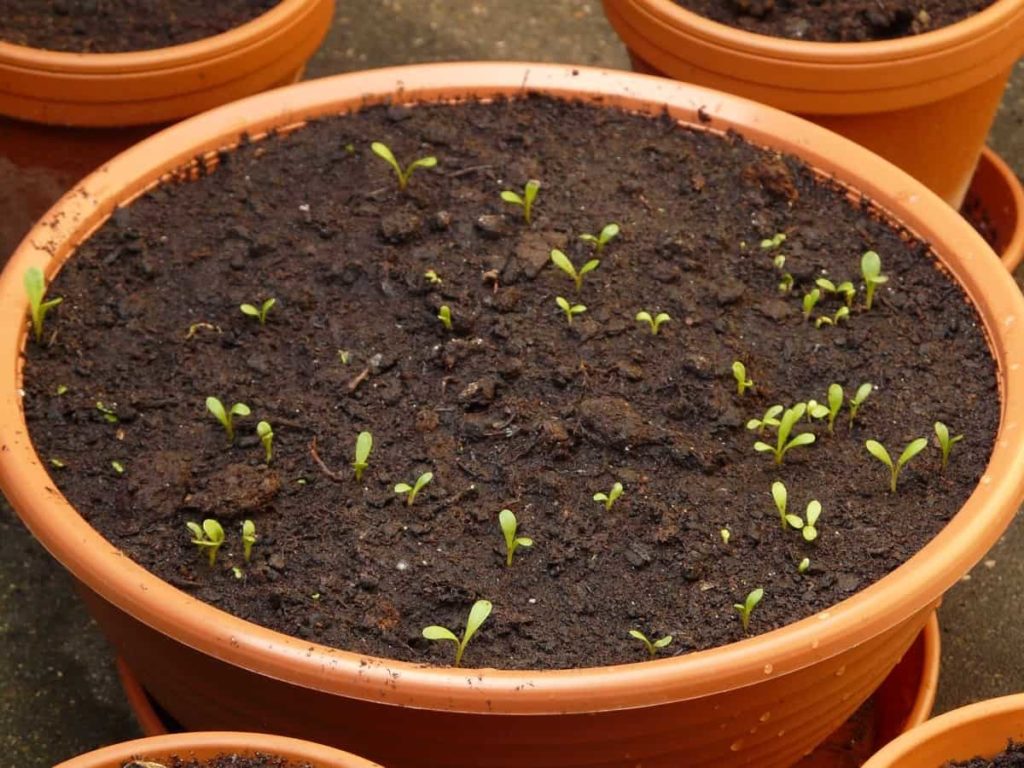
As an additional drainage layer, drainage mats are often employed. Geotextile filters are needed to separate the drainage from the soil. Sewers would not have been clogged by dead vegetation and other detritus if these disasters hadn’t occurred. This way, the soil, and other planting mediums won’t shift. A filter layer should be used after planting soil. Perforated pipes can direct water from terraces into coal and sand fires without more contemporary resources.
Choosing the right plants for terrace home garden
Gardening on a city terrace necessitates the usage of drought-resistant plant species. During the day, most terrace gardens are exposed to very hot temperatures in AP. It’s essential to think about things like the weather and the amount of sunshine available where you are. As roofs retain heat, they can produce a 1-degree warmer microclimate than a garden on the ground. You can’t expect a terrace garden to survive the winter any better than one in the ground. Therefore, you should grow heat-resistant plants.
Selecting the best plants for your house can take time and effort. Except for tall trees, most plants can be successfully grown in pots on terraces. Terrace microclimates are ideal for overwintering plants that would perish if grown in a more traditional ground-level setting. Delicate plants can be overwintered if you have the room and the patience. Annuals thrive in sunny, warm settings but require more regular watering because of their shorter lifespans.
Select the perfect pots and raised beds
Growing plants in pots and pots are a must when working with a terrace home garden. Whether to utilize concrete or clay pots is entirely up to the user. If you prefer growing your plants above ground level, you can do it in raised beds on your terrace. In comparison to growing in pots, raised beds to provide more convenience.
This makes them perfect for cultivating veggies in AP. To achieve a vertical plant arrangement, trellises can be used as plant supports. A beautiful terrace garden design can be achieved by suspending little flowering plants from the terrace.
Soil preparation for your terrace garden
Plant vitality is closely linked to soil quality. To grow healthy vegetation, preparing and feeding the soil is essential. Soil and organic compost should be mixed to create the potting mix. A terrace garden is not suited to either compacted or light soil. Plants can’t flourish without stable soil that can hold onto water. Regular applications of organic compost can help maintain a healthy garden. If there is a lot of rain, the soil nutrients in your terrace garden can be washed away.
To maximize their potential, you’ll need to keep them well nourished. Chemical fertilizers can kill soil bacteria, and these substances can seep into your body. The ideal potting soil consists of coco peat, organic matter compost, and red sand. Waiting a week before potting the mix helps it settle. Potting soil texture uniformity is crucial. Soil health can be maintained with frequent applications of fertilizer. Therefore, your greens will continue to be in excellent shape.
Water your terrace garden
Watering your plants consistently is crucial to their health. In the summer, plants must be watered twice a week, but soil moisture must be checked first in the winter. You can sense how wet it is by pressing down on the ground. Stop watering your plants if it starts to rain. Terrace gardening can be easy with pots that water themselves. This is a fresh spin on the age-old practice of growing one’s vegetables.
The extra liquid can be drained from these storage pots through overflow rather than drainage holes. Any surplus liquid drains into an overflow hole from which it can be collected. Due to the water’s reusability, neither its nutrients nor water are squandered. Its lofty perch affords it a commanding view of the tank below. It is via this soil medium that the plant’s roots will grow as they ascend.
Drip watering was predicted to save as much as 80% of the water used by flood watering. You can use a bottle and wick to provide slow, steady water to your plants. Planning and preparation are essential for successful drip irrigation. Drip watering is ideal for plants that need a particular combination of water, soil, and environmental conditions (such as light and heat).
A network of drip tubes can be installed throughout the garden to provide enough water to the plants. The watering requirements of a garden can be met by using either micro-sprinkler heads, porous pipes, or regularly spaced emitters. Drip irrigation systems are automated in that a timer may control them.
Protect your terrace garden
No matter how diligently you protect your plants, invasive pests will eventually devour them. Natural pesticides may be used to keep unwanted insects from damaging plants. Natural insecticides may be made using household items like baking soda, neem oil, and soapy water. This excellent combination may be used daily to protect plants from harmful insects. Mulch may help retain moisture and nutrients for your plants. Mulch also aids in extending the period that soil retains moisture.
In case you missed it: The Best Fertilizer for Tomatoes in Pots
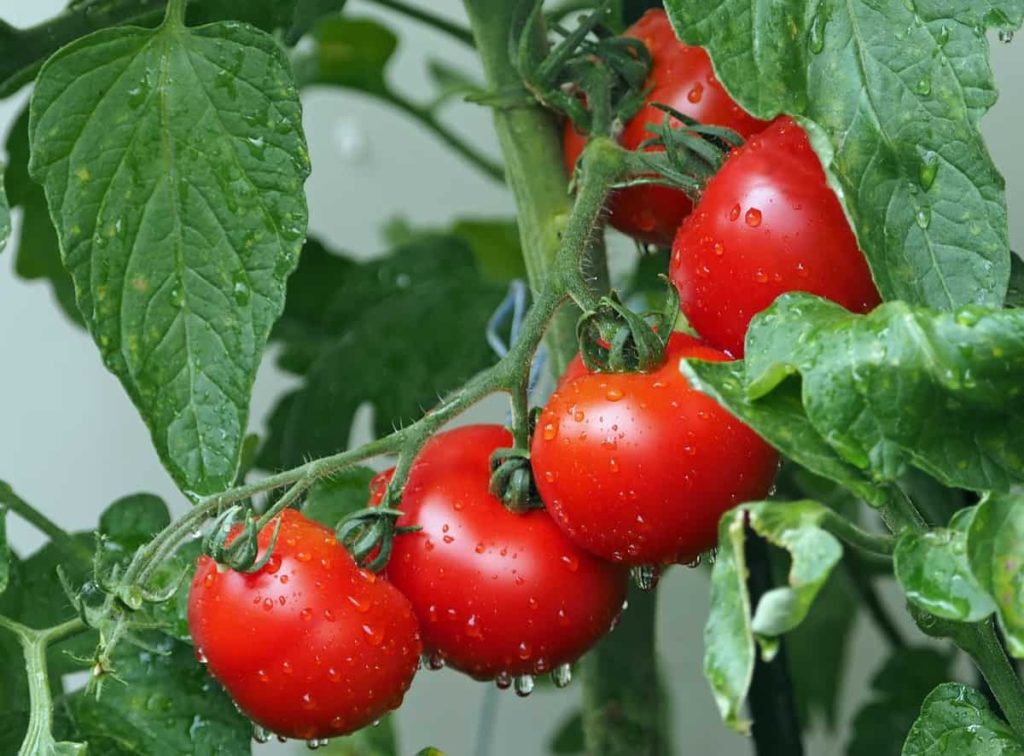
Mulch may be made from hay, wood chips, or fruit peels. When the plant matures, it can be vulnerable to damage from birds and the sun. You can use wire mesh and garden netting to keep pests away from your plants. Put up a wind barrier to shield your plants from damaging gusts. You can lesser the impact of wind on your plants by erecting windbreaks. Before erecting any windbreaks, make sure you know which way the wind is blowing.
Best vegetables for Andhra Pradesh home gardens
Tomatoes, lettuce, carrots, potatoes, bitter gourd cucumber, radishes, beans, onion, spinach, gourd, ivy bottle gourd, peas, eggplants, chilies, and okra are among many vegetables that can be grown in Andhra Pradesh home gardens.
Best fruits for Andhra Pradesh home gardens
Watermelons, banana, pineapples, guava, muskmelons, custard apple, oranges, pomegranate, papaya, mango, mulberry, Indian gooseberry, figs, lemons, and sapota are among the many fruits grown in Andhra Pradesh home gardens.
Best flowers for Andhra Pradesh home gardens
Jasmines, hibiscus, lilies, chrysanthemums, roses, dahlias, marigolds, daisies, and gerberas are among the many flowers that can be grown in Andhra Pradesh home gardens.
Best herbs for Andhra Pradesh home gardens
Ginger, cilantro, chives, basil, coriander, fennel, mint, and oregano are among the many herbs that can be grown in Andhra Pradesh home gardens.
In case you missed it: How to Prepare the Soil for Cherry Trees: Best Soil Mix, pH, and Compost
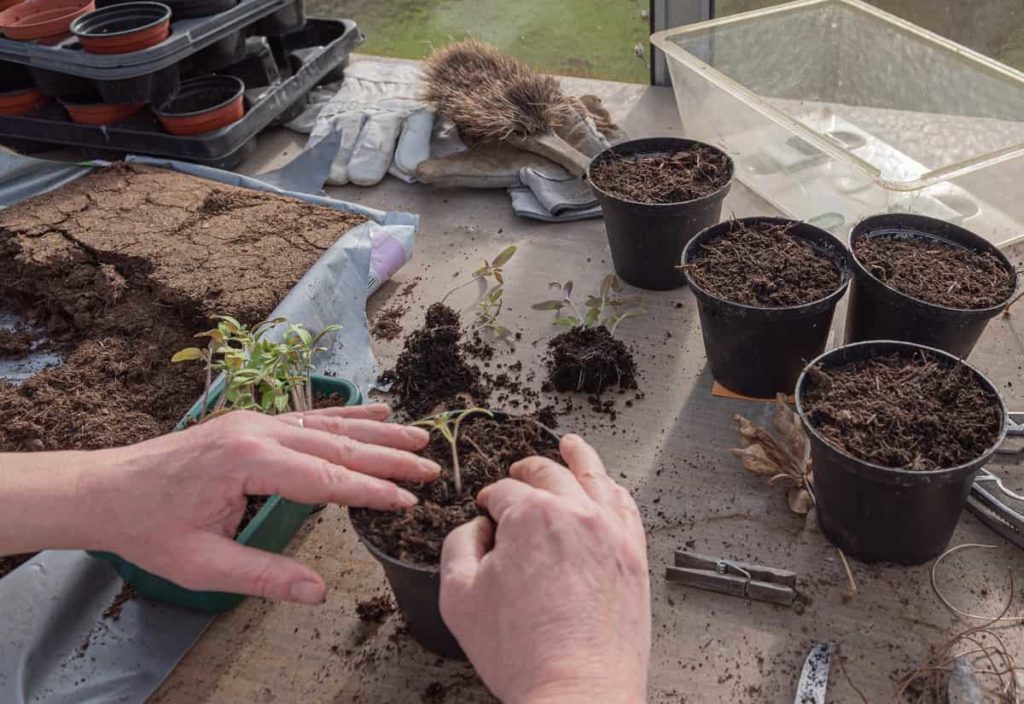
Conclusion
Home gardening in AP is the most productive way to grow vegetables and other plants inside one’s home and is recommended. There are many various ways in which it is beneficial to do so. You will have a substantial cost advantage if you grow your vegetables at home rather than buying them from the store.
- Flower Garden Designs and Layouts for Beginners
- Planting and Spacing Techniques in Papaya: A Beginner’s Guide
- Growing Gold: Essential Techniques for Planting Pineapples
- How to Make Kalanchoe Plant Bushy: Home Remedies and Solutions
- 11 Reasons Why Your Gardenia is Not Blooming: Home Remedies and Solutions
- Eco Elegance: The Guide to Designing a Drought-Tolerant Landscape
- Gardening on a Slope: Strategies for Hillside Landscaping
- Nourish and Flourish: Top Organic Mulches for Thriving House Plants
- Everything You Want to Know about Indian Mogra Flower: Discover Uses and Growing
- Green Thumb Success: Expert Tips for Cultivating Greenhouse Pumpkins All Year Round
- Maximize Growth & Flavor: The Ultimate Guide to Companion Planting in Herb Gardens
- How to Control Rhododendron Problems Naturally: Home Remedies and Organic Ways to Fix Them
- Natural Magic: The Remarkable Benefits of Cinnamon for Plants
- Best Steps to Revive Dying Tulip with Natural and Organic Treatment
- 10 Reasons Why Your Angel Trumpet is Not Blooming: Remedies and Treatment
- How to Fix Periwinkle Leaf and Flower-Related Problems: Natural Remedies and Solutions
- How to Fix Zinnias Leaf and Flower Problems: Discover Natural and Home Remedies
- Organic Steps to Induce Lemon Tree Flowers: A Comprehensive Guide
- Bloom Booster: Crafting the Perfect Homemade Bougainvillea Fertilizer
- Optimizing Growth: A Guide to Applying NPK Fertilizer for Potted Plants
- 10 Best Homemade Fertilizers for Rubber Plant: DIY Recipes and Application Method
- How to Boost Female Pumpkin Flowers: Effective Steps for More Flowers and High Yields
- Transform Your Indoor Garden: Top Benefits of Pink Salt for Houseplants
- 10 Best Homemade Fertilizers for Peacock Plants (Calathea): Easy DIY Guide
- Unlock Blooms: 9 Reasons Why Your Potted Chrysanthemum is Not Blooming
- 8 Reasons Why Your Potted Hibiscus is Not Blooming: Fix it with Simple Solutions
- Unlock Blooms: 9 Key Reasons Your Potted Frangipani Won’t Flower
- 10 Reasons Why Is My Ice Plant Not Blooming: Remedies and Treatment
- 10 Reasons Why My Potted Hydrangea Not Blooming: Treatment and Remedies
- 10 Reasons Why is My Wisteria Not Blooming: Remedies and Treatment
- 10 Reasons Why is My Goldfish Plant Not Blooming: Remedies and Treatment
- Maximize Your Space: Ultimate Guide to Balcony Gardening with Grow Bags
- 10 Reasons Why Your Iris is Not Blooming: Remedies and Treatment
- 10 Reasons Why Your Anthurium Plant is Not Blooming: Treatment and Remedies
- 10 Reasons Why Your Aquaponic Plants Are Not Flowering: Remedies and Treatment
- 10 Reasons Why Your Agapanthus is Not Flowering: Remedies and Treatment